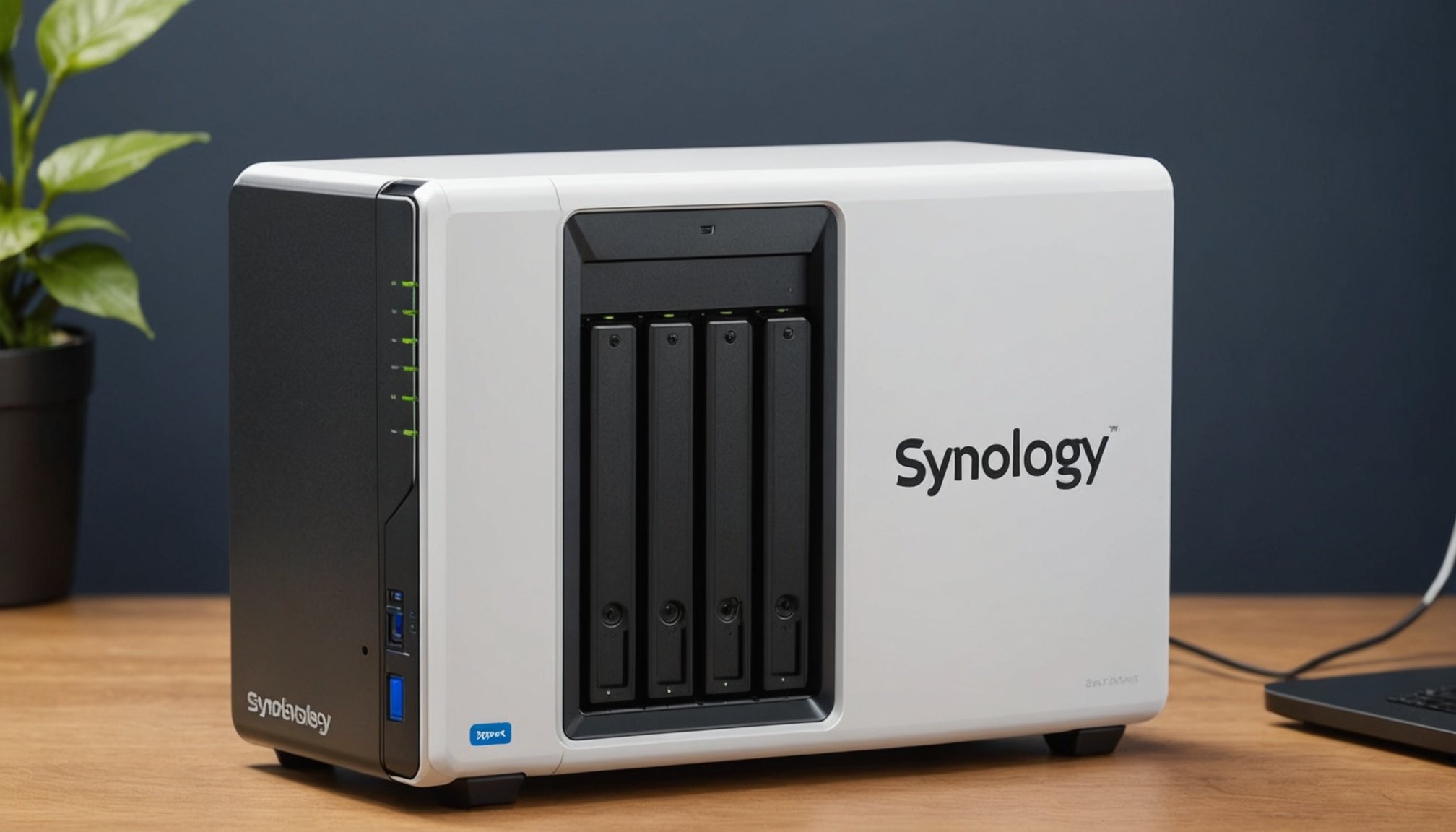In today’s fast-paced digital world, having a secure and efficient file-sharing system is crucial for both personal and business use. The Synology DS720+ combined with the Btrfs file system provides an excellent solution for those who seek to manage their data with high performance and reliability. This article will guide you through the steps to set up a secure and efficient file-sharing system using these technologies.
Understanding the Synology DS720+
Before diving into the setup process, it’s important to understand what the Synology DS720+ offers. This DiskStation is a compact and powerful NAS (Network Attached Storage) device designed to meet the needs of modern users. Equipped with an Intel Celeron processor, it delivers robust performance for various tasks, including file sharing, backup, and media streaming.
This might interest you : What are the best practices for setting up a secure Wi-Fi network using a TP-Link Archer C5400X in a large home?
Key Features of Synology DS720+:
- Intel Celeron J4125 processor
- 2 GB DDR4 memory (expandable up to 6 GB)
- Up to 64 TB storage capacity
- Two drive bays with support for 2.5" SSDs and 3.5" HDDs
- Dual 1 Gigabit Ethernet ports
- Supports SSD cache for enhanced read/write speeds
- Runs on DiskStation Manager (DSM) operating system
The Synology DiskStation DS720+ is ideal for both home users and small businesses. Its flexibility and scalability make it a go-to option for those seeking to enhance their storage capabilities and improve data access.
Setting Up Synology DS720+
Initial Setup and Configuration
Setting up your Synology DS720+ starts with the physical installation of the device. Begin by installing the hard drives or SSD drives into the drive bays. Once the drives are securely in place, connect the NAS to your network using the Gigabit Ethernet ports. Power on the device and wait for it to boot up.
Have you seen this : What are the recommended configurations for setting up a multi-room audio system using a Sonos Arc and Google Assistant?
Next, you’ll need to install the DiskStation Manager (DSM) operating system. DSM is Synology’s intuitive, web-based interface that simplifies NAS management. To install DSM:
- Open a web browser on your computer and enter "find.synology.com" in the address bar.
- Follow the on-screen instructions to download and install DSM.
- Once DSM is installed, log in using the default credentials and complete the setup wizard.
Configuring Storage
After the initial setup, the next step is to configure your storage. Using DSM, navigate to the Storage Manager and create a new storage pool. Synology DS720+ supports various RAID configurations (e.g., RAID 0, RAID 1), allowing you to balance performance, storage capacity, and data redundancy. For added security, you can enable Btrfs as the file system.
Btrfs (B-tree file system) is known for its data integrity and support for advanced features like snapshots and self-healing. It ensures that your data remains secure and intact, even in the event of hardware failures.
Setting Up Shared Folders and User Access
Creating Shared Folders
Shared folders are essential for efficient file sharing and organization. To create a shared folder in DSM:
- Go to Control Panel > Shared Folder.
- Click on "Create" and follow the prompts to set up a new shared folder.
- Assign appropriate permissions and choose the storage volume where the folder will reside.
Shared folders allow you to categorize your data, making it easier to manage and access. You can create separate folders for different departments within a business or for personal use, such as media, documents, and backups.
Managing User Access
It’s critical to control who has access to your shared folders to maintain data security. DSM lets you create user accounts and assign specific permissions to each user. To manage user access:
- Navigate to Control Panel > User.
- Create new user accounts or edit existing ones.
- Assign user groups and set folder permissions.
Synology DS720+ supports integration with existing network directories (e.g., LDAP, Active Directory), making it seamless to manage user access across multiple devices and locations. By carefully managing permissions, you ensure that sensitive data is only accessible to authorized users.
Enhancing Performance with SSD Cache
Benefits of SSD Cache
One of the standout features of the Synology DS720+ is its support for SSD caching. By installing SSDs in the dedicated SSD slots, you can significantly improve the read/write performance of your NAS. SSD cache works by storing frequently accessed data on the SSDs, reducing latency and speeding up data retrieval.
Setting Up SSD Cache
To set up SSD cache in DSM:
- Open Storage Manager and navigate to SSD Cache Advisor.
- Follow the prompts to install the SSDs and configure the cache.
- Choose between read-only or read-write cache, depending on your performance needs.
Implementing SSD cache is particularly beneficial for systems with high I/O demands, such as databases and virtual machines. It ensures that your Synology DiskStation operates efficiently, even under heavy workloads.
Securing Your Data
Regular Backups
Data security is paramount, and one of the best ways to protect your data is through regular backups. Synology DS720+ offers multiple backup solutions, including Synology Hyper Backup, which allows you to back up data to external drives, other Synology NAS devices, or cloud storage services.
Enabling Advanced Security Features
DSM provides several advanced security features to safeguard your data:
- Two-factor authentication (2FA): Adds an extra layer of security to your DSM login.
- Encrypted shared folders: Protects your data with encryption, ensuring that only authorized users can access it.
- Firewall and IP blocking: Prevents unauthorized access to your NAS by blocking suspicious IP addresses.
By enabling these features, you can further fortify your Synology NAS against potential threats and attacks.
Setting up a secure and efficient file-sharing system using the Synology DS720+ and Btrfs is straightforward and highly beneficial. The DS720+’s powerful hardware, combined with the robust features of DSM and Btrfs, ensures that your data is not only accessible but also well-protected. By following the steps outlined in this article, you can optimize your NAS for peak performance and security, ensuring that your files are always within reach and safe from harm.
Whether you’re using the Synology NAS for personal storage or as a nas server for your business, the combination of Synology DiskStation and Btrfs provides a reliable and scalable solution. With expandable storage, SSD caching, and advanced security features, the DS720+ stands out as a top choice for anyone looking to improve their network storage capabilities.










